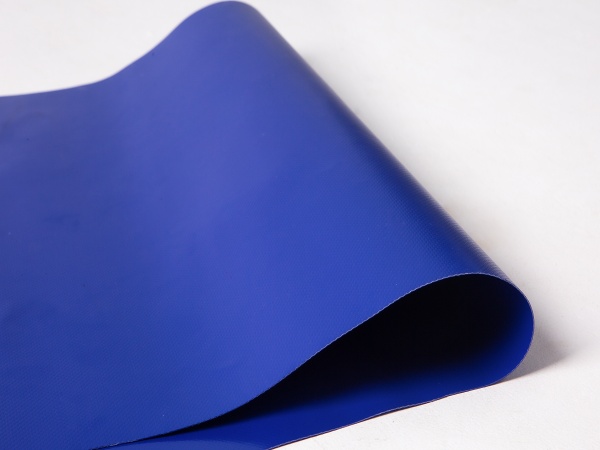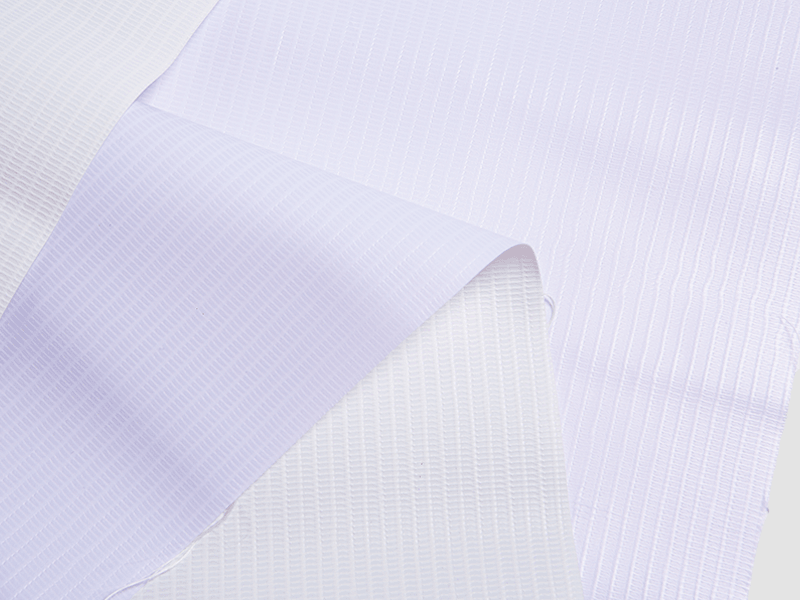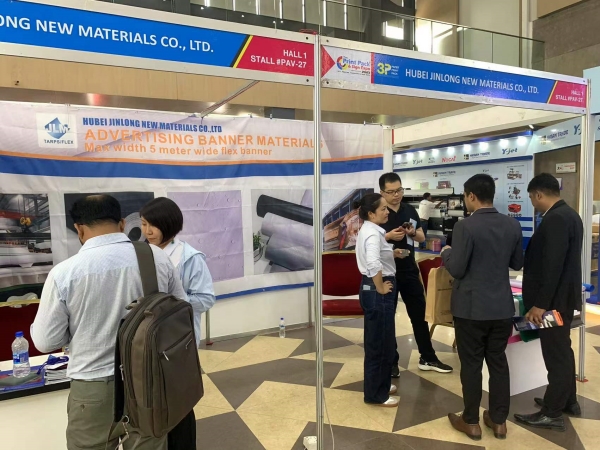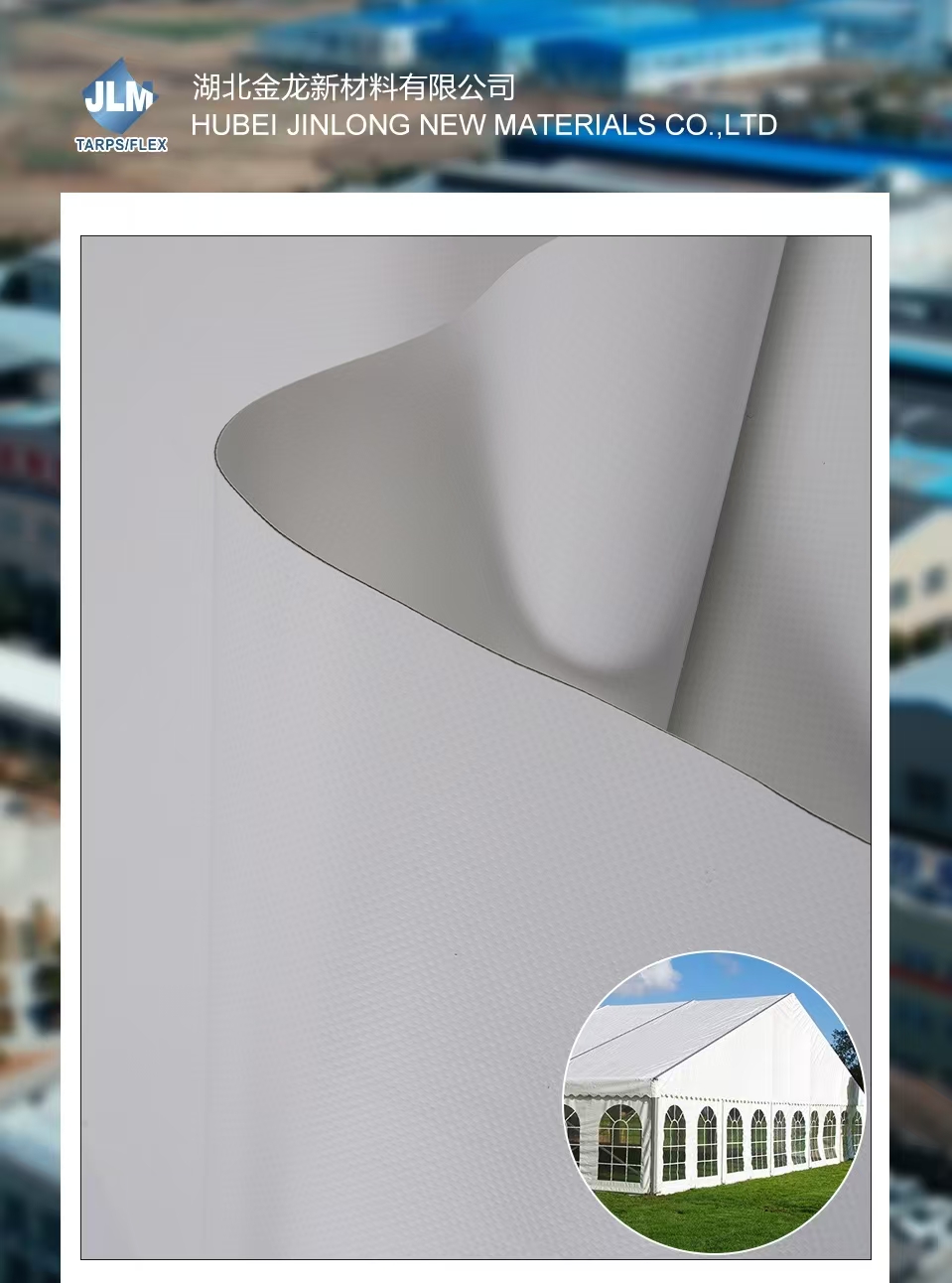The relationship between the waterproof and weather resistance of PVC Backlit Flex Banners and temperature is crucial for their performance, durability, and longevity. Understanding this relationship helps in selecting the right materials and applications, especially for outdoor advertising and displays. Here are the key aspects of this relationship:
PVC is inherently a waterproof material, which provides a strong base for backlit flex banners. The composition of the PVC, including any additives, can influence its performance in varying temperatures and environmental conditions. High-quality PVC formulations are designed to resist water ingress and withstand temperature fluctuations, ensuring effective weather resistance.
PVC’s hydrophobic nature helps repel water, preventing moisture from penetrating the material. This is essential for outdoor applications where rain or humidity could damage the banner.The waterproof capability is also affected by how the banners are manufactured, particularly at seams and joints. Heat sealing or welding techniques used during production can enhance the waterproof quality, ensuring that water does not seep through these vulnerable areas.
PVC backlit banners are often treated with UV stabilizers to protect against sun damage. High temperatures can degrade these stabilizers, leading to reduced weather resistance and increased susceptibility to fading or cracking.PVC can become brittle in extremely cold temperatures, which might lead to cracking or splitting if the material is flexed or stretched. Conversely, high temperatures can soften the PVC, potentially causing deformation or loss of structural integrity.

At low temperatures, PVC can lose flexibility, making it more prone to cracking if subjected to mechanical stress (e.g., wind). This can compromise both the waterproof properties and overall durability of the banner.Conversely, high temperatures can make PVC more pliable. While this might seem advantageous, excessive heat can lead to sagging or warping, impacting the banner's visual appeal and function.
Temperature fluctuations can lead to condensation forming on the inner surfaces of the banner. If the material is not adequately waterproof, this moisture can accumulate and lead to mold growth or damage to the print quality.In cold or humid conditions, the drying time of the banner after rain can increase, which might affect its usability if it’s needed for immediate display.
Repeated exposure to thermal cycling (fluctuations between hot and cold) can weaken the material over time. Each cycle can affect the banner's waterproof seals, potentially leading to failures in moisture resistance.Over time, prolonged exposure to high temperatures can degrade the PVC material, making it less effective in resisting water and other environmental factors. Regular inspection and maintenance may be necessary to ensure ongoing performance.
To maximize the waterproof and weather resistance of PVC backlit flex banners, installation methods must consider temperature impacts. For instance, ensuring that the banner is stretched appropriately during installation can prevent sagging in high heat and minimize stress points that could lead to leaks in cold conditions.In regions with extreme seasonal temperature variations, it may be beneficial to use specific types of PVC banners designed for either hot or cold conditions to maintain optimal performance.
The relationship between the waterproof and weather resistance of PVC Backlit Flex Banners and temperature is complex and multifaceted. The material’s properties play a significant role in how well it performs under varying environmental conditions. Factors such as flexibility, moisture management, and durability are all influenced by temperature changes. Proper material selection, along with mindful installation and maintenance practices, can significantly enhance the performance and longevity of PVC backlit banners in diverse weather conditions. Understanding these dynamics helps users make informed decisions for effective outdoor advertising and display solutions.


 English
English русский
русский Français
Français Español
Español




















